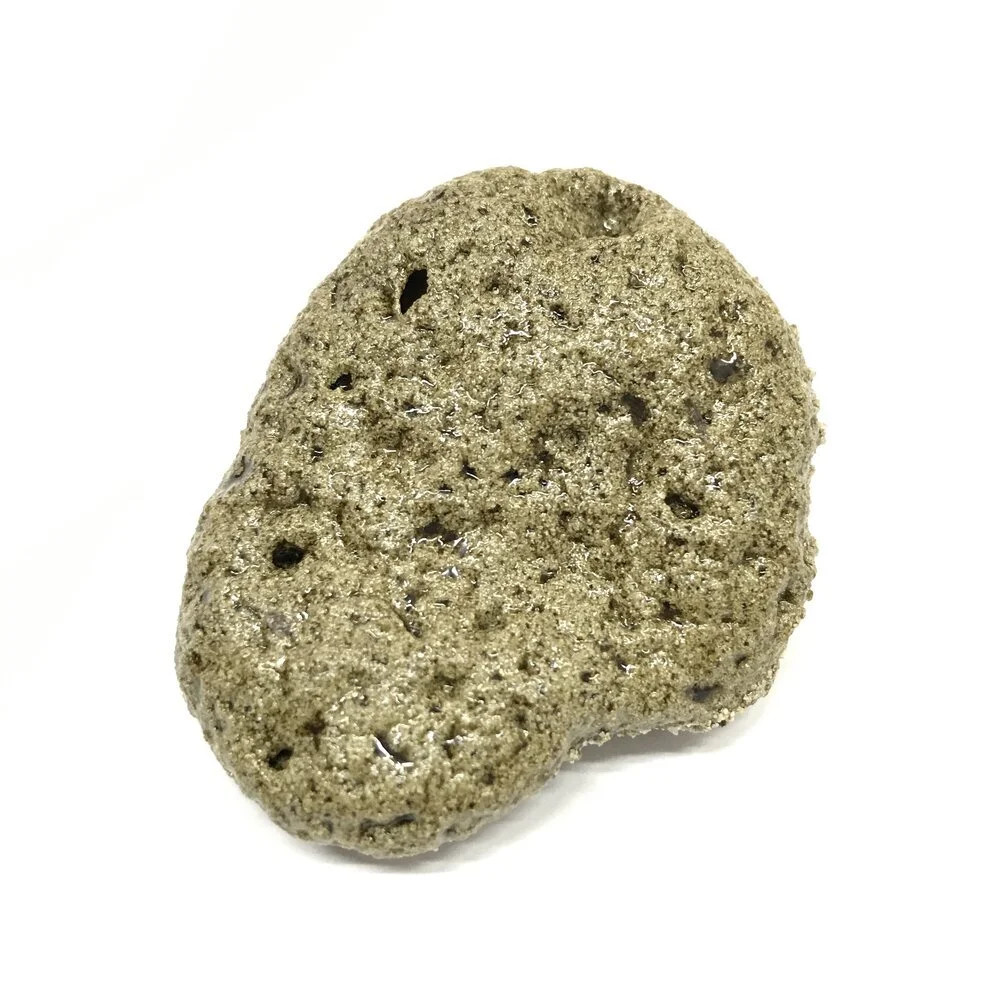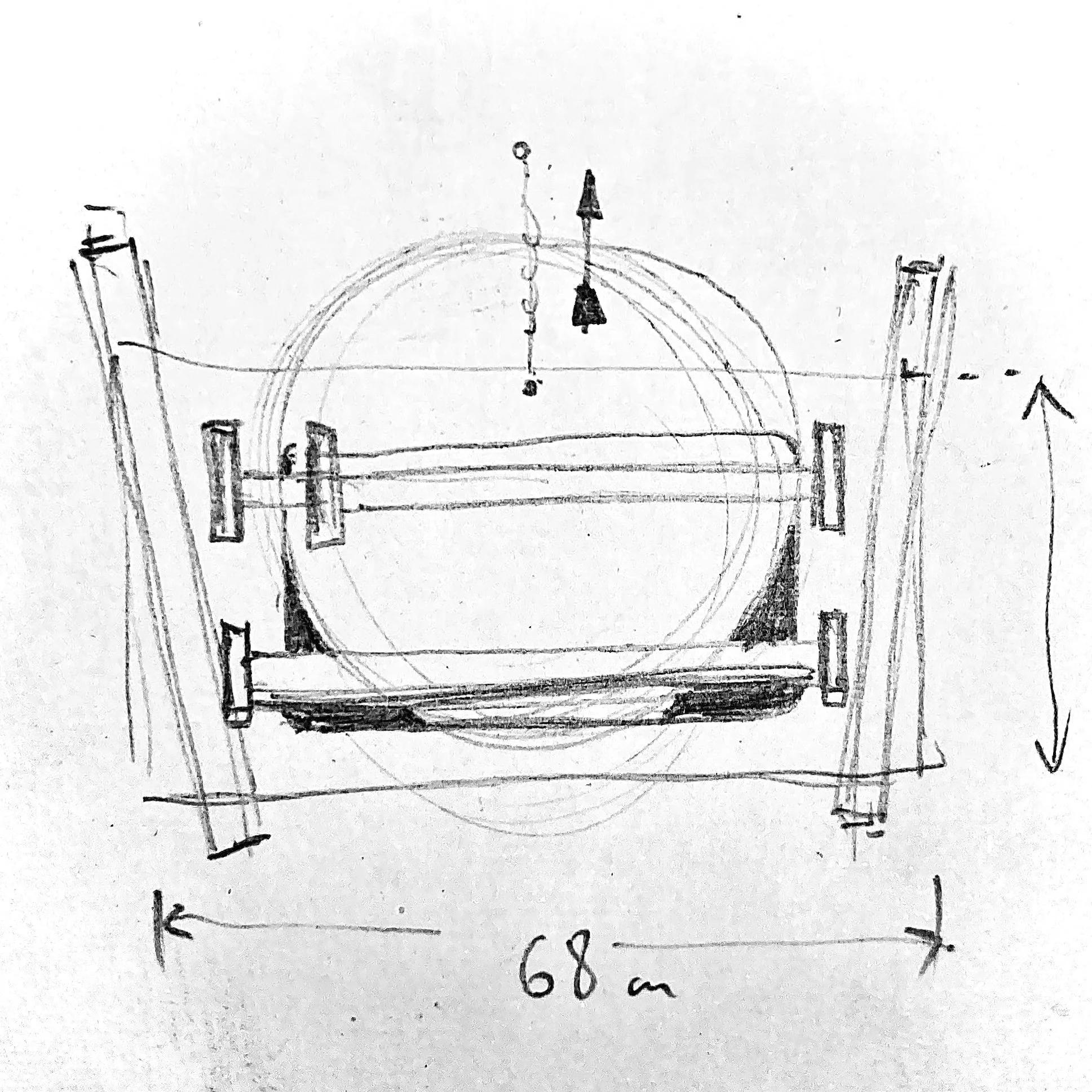Blends
Most studios gradually build a ‘glaze library’, and it’s good practice to continually evolve this. Many makers systematically put test tiles into every firing, and catalogue the results; more still have a less meticulous approach. - Whatever works!
Often, as a studio grows, they move away from commercial glazes and, eventually, mix some or all to their own recipes. Passed on, tweaked and renamed, these recipes might be scrawled in sketchbooks, scraps of notepaper, or neatly lined up in the rows and columns of a spreadsheet, and usually form the jumping off point for new rounds of testing.
A simple additions-test, where incrementally higher percentages of oxides or stains are added to a base glaze may spawn whole branches on a given family tree of glazes; later to be pruned back down to a more manageable shrub.
Hidden within a glaze library there are almost infinite variations of new glazes waiting to be explored, and this is where Line-Blends, Biaxial and Triaxial blend tests can help.
Put simply, take your exciting (wet) glazes and mix them in different proportions.
John Britt has published some excellent videos on volumetric blends, and the testing section of help.Glazy.org takes you clearly through the details while also providing extremely clear resources such as these blending charts:
As you can see, a glaze blend might be a vast matrix or array with dozens of points. I prefer to make smaller 10-point tri-axial blends as an initial toe-in-the-water (if that shows promise a larger grid or line might follow).
Recently we did exactly this with a group of GCSE pupils, creating over 120 new glazes from our existing library. The first step was to make a large bisque-stamp which I could hammer into slabs, to form the shallow wells into the triangular tiles:
Download this simple template to use as a tick-list, guide, and record of your tests. - Number the page and corresponding tile, then fill in the names of your three chosen glazes before ticking off the mixtures in the table on the right. Ten clearly labelled cups, three small (10ml) syringes, and a few lolly-sticks (for stirring) is all you need.
My bench looks a bit like this before I begin:
Cups are labelled to match the number order on my printed chart.
Glazes A, B and C are each in the corner cups (350ml of each is plenty).
Syringes are marked with pen/tape to make the amounts easier to read.
Green pencil is used to shade each box of the table as each dose is measured.
Once each cup is dosed, around 5ml of each mixture is then added to the corresponding well on the test tile. (remember to thoroughly stir each cup before syringing up.)
Some of the tiles and glaze combinations will, inevitably, feel predictable and somewhat boring, but others (owing to more ‘exciting’ chemistry) are bound to surprise: - try to measure and record as accurately as possible, and have fun!
Between you and me, I’m quite a fan of thorough documentation, so I photographed each fired tile, and also made an analogue folder/binder for future reference:
















